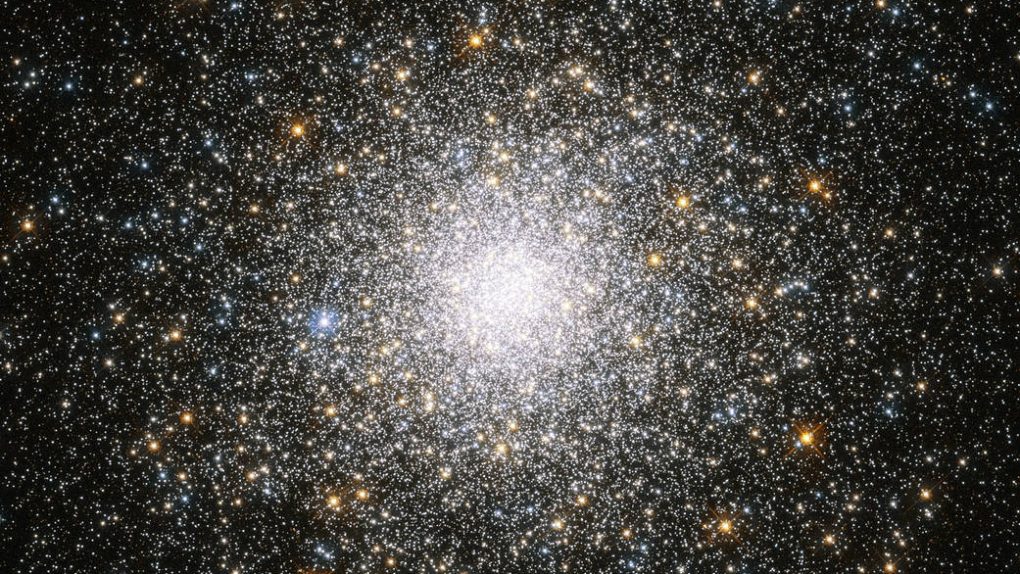- Hubble reveals secrets of the early universe, with images that show primordial stars developed far earlier than previously thought.
- By peering back in time to between 500 million and 1 billion years of the Big Bang, researchers discovered evidence of early galaxies that shouldn’t have existed yet, based on their assumptions.
- In the future, new observations could reveal what truly went on in the earliest days of the universe.
One of the things that is so cool about the Hubble Space Telescope — and other cosmos-gazing hardware that scientists use to scan the skies — is that it’s capable of gathering so much data during its observations that sometimes new discoveries are made months or even years after the images were first collected.
That’s the case with a new study of data gathered during the Hubble Frontier Fields program which wrapped up way back in 2017. Researchers examined a wealth of data and wrote a paper in 2019 detailing their findings. Now, a little over a year later, a team of scientists led by the European Space Agency has discovered something pretty special that throws the origins of the first galaxies and stars into question.
After the Big Bang, stars formed. Scientists believe that these early stars were unique due to the fact that some elements found in stars today can only be made within stars. It’s a chicken-or-the-egg scenario, so to speak, but researchers have settled on the egg. Put simply, it’s believed that those earliest stars were made of hydrogen, helium, and lithium because those were the only elements that were hanging around at the time.
Stars composed of those ingredients are known as Population III stars. Hubble hunted for these stars by peering into the cosmos at distances so great that the light reaching Earth today originated between 500 million years and 1 billion years of the big bang. If theories about the early universe are correct, Hubble should have been able to spot some Population III stars just hanging out and doing their thing.
Well, it didn’t.
Instead, using a new technique that allowed the researchers to better view low-mass galaxies that would originally have remained hidden, they found early galaxies that were more mature than they should have been by that point in the history of the universe.
“These results have profound astrophysical consequences as they show that galaxies must have formed much earlier than we thought,” Rachana Bhatawdekar, lead author of the research, said in a statement. This means that the timeline that some scientists believe documents the beginnings of the universe has been thrown into question, and it’s probable that objects like stars and structures like systems and galaxies began forming way before anyone assumed.
Going forward, it’ll be interesting to see what other evidence can be gleaned from both the Hubble data as well as other studies that may reveal what the early universe was truly like.








